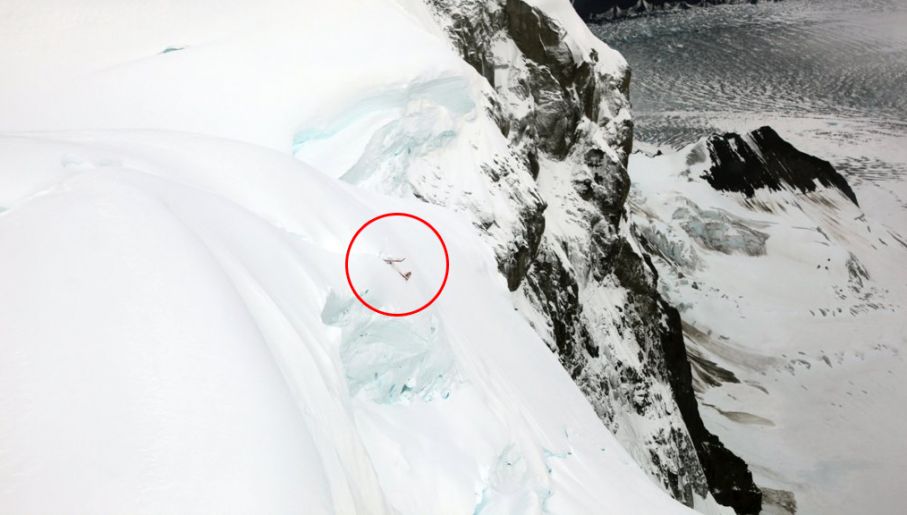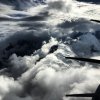olasek
Pattern Altitude
4 Polish tourists and the pilot perished on Aug 4 in Denali, Alaska after a pilot of a de Havilland Beaver flew into the side of the mountain in bad weather. The pilot who had 40 years experience flying in Alaska survived the crash and was able to make a phone call asking for help. The help arrived 2 days later (due to weather) and someone suspended from a helicopter determined everybody was dead. Due to extreme location, avalanche danger there are no current plans to retrieve the bodies.
https://app.ntsb.gov/pdfgenerator/R...D=20180805X60932&AKey=1&RType=Prelim&IType=FA



https://app.ntsb.gov/pdfgenerator/R...D=20180805X60932&AKey=1&RType=Prelim&IType=FA





 Easy now, I don't think he meant it the way you took it.
Easy now, I don't think he meant it the way you took it.

